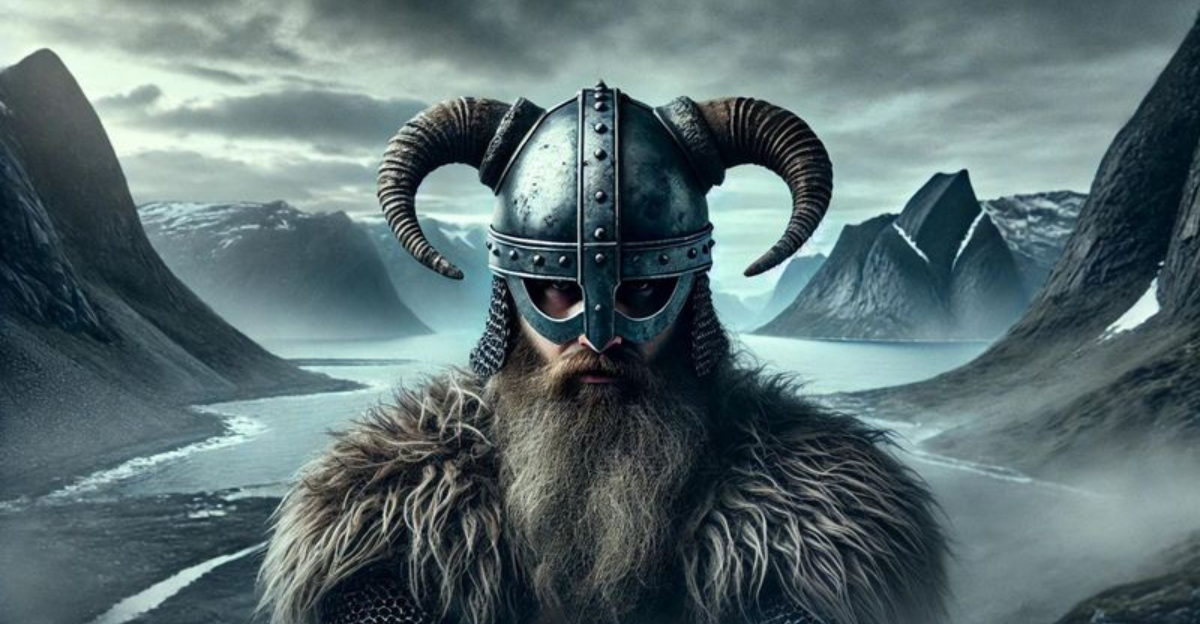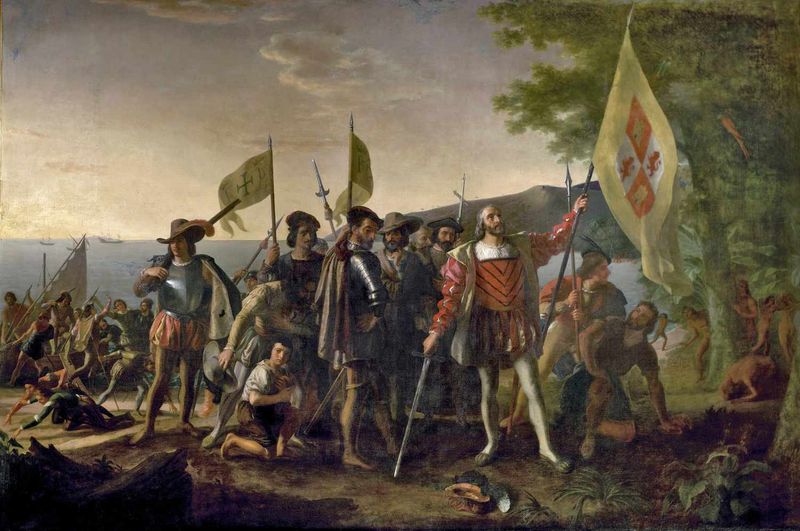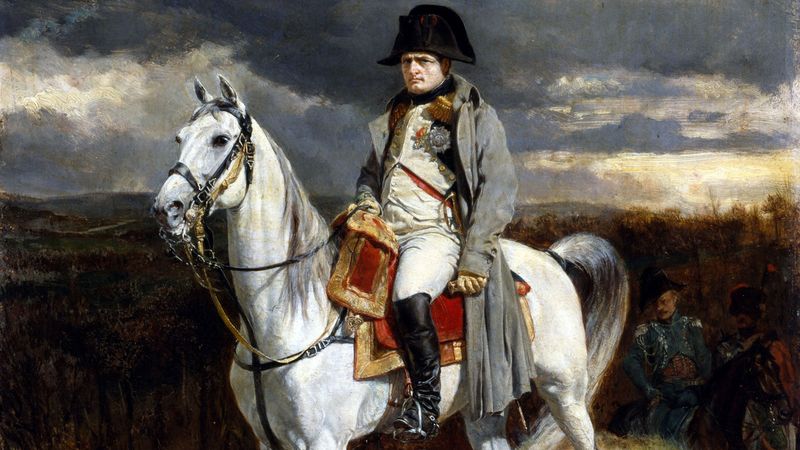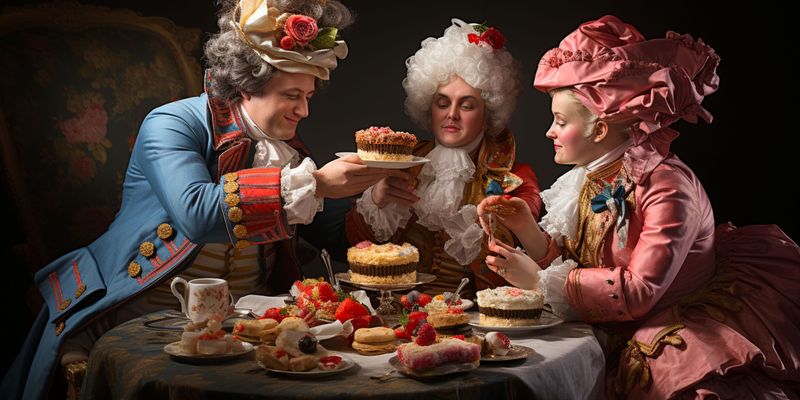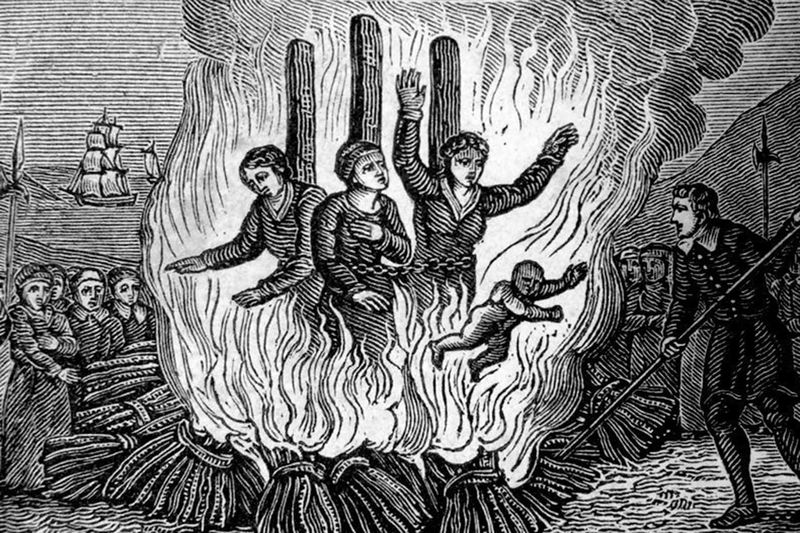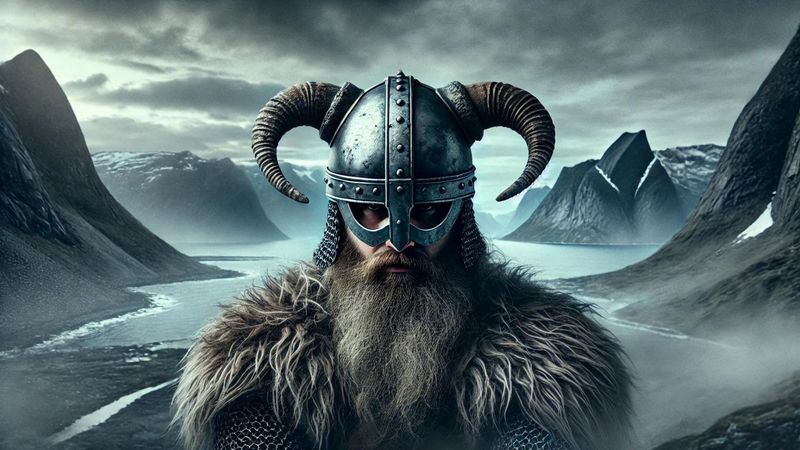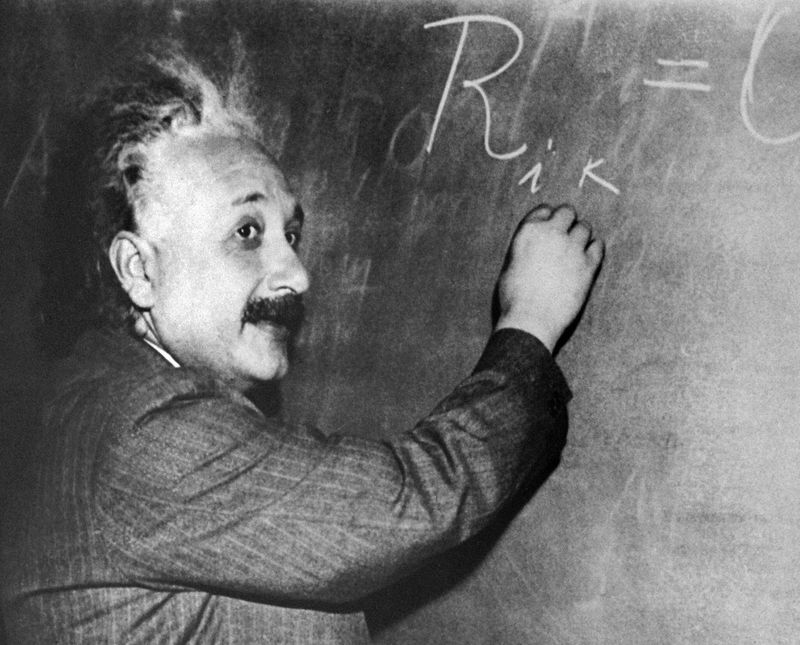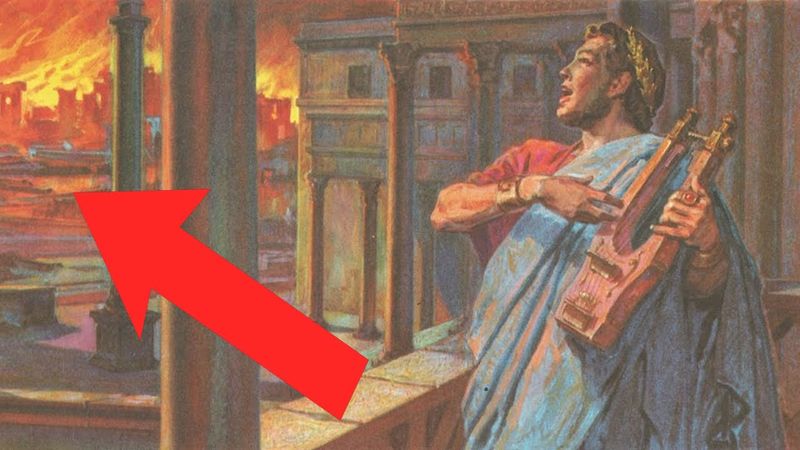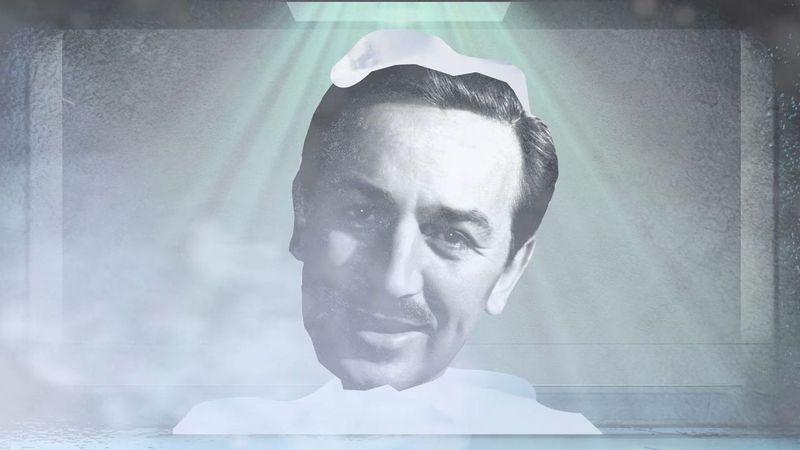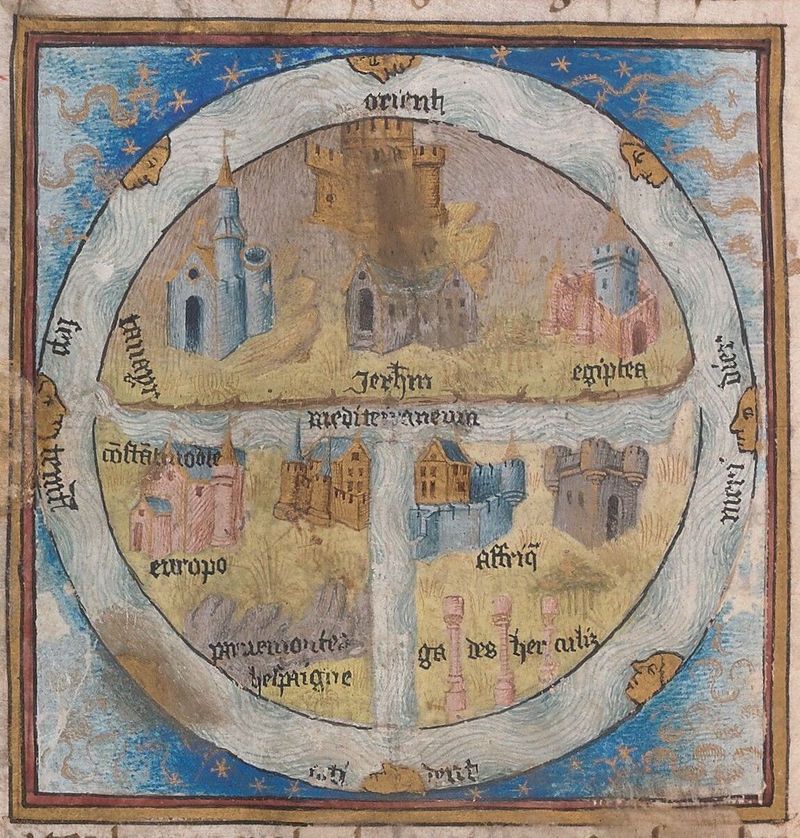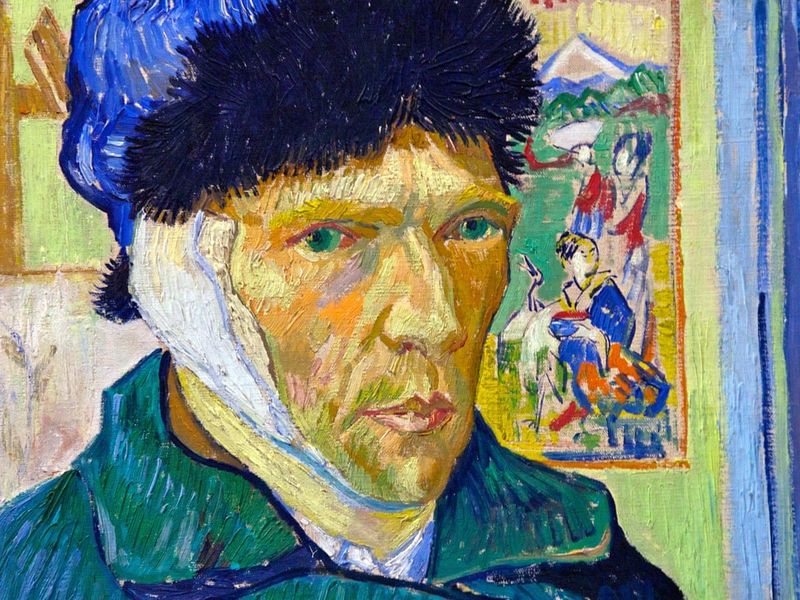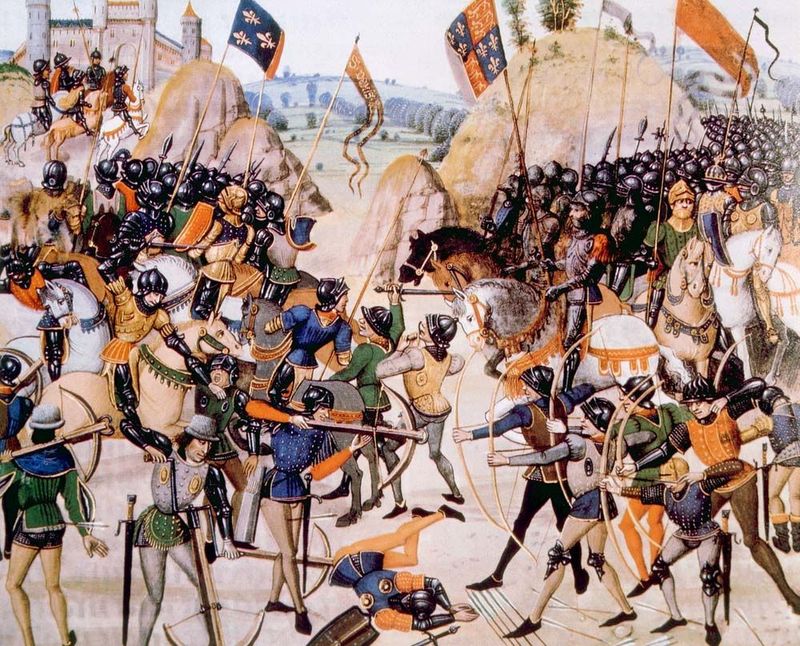History is filled with events that everyone thinks they know, but not all of them actually happened.
In this blog post, we’ll explore 15 historical events that are widely accepted as fact but have been debunked or misunderstood over time. Join us as we delve into these fascinating myths and uncover the truth behind them.
1. The Great Wall of China is Visible from Space
It’s a common belief that the Great Wall of China is the only man-made structure visible from space. However, this is more myth than reality. While the wall is long, its width is not substantial enough to be seen with the unaided eye from space.
Astronauts and scientists have clarified that even from low Earth orbit, the Great Wall is barely discernible. Other human-made structures, like cities with bright lights, are more recognizable. This myth reminds us how sometimes, popular beliefs can overshadow scientific facts.
Next time you look up, remember: the Great Wall isn’t waving back at you!
2. Columbus Discovered America
Christopher Columbus is often credited with discovering America in 1492, but the continent was already inhabited by indigenous peoples. Furthermore, Norse explorer Leif Erikson reached North America centuries earlier.
Columbus’s voyages did open the Americas to European exploration, but he never landed on what is now the United States mainland. He explored parts of the Caribbean and Central America.
This myth overlooks the rich history of the Americas before European arrival, reminding us to look beyond simplistic narratives and appreciate diverse histories.
3. Napoleon Was Short
Napoleon Bonaparte is famously known as the short French emperor, but evidence suggests he was of average height for his time, about 5 feet 7 inches tall.
This misconception likely arose from the difference between French and British measuring systems and perhaps from political propaganda by his enemies.
Images of Napoleon with his tall guards might have also contributed to this myth. Next time you hear someone described as having a “Napoleon complex,” remember this story of how history sometimes plays tricks on perception.
4. Marie Antoinette Said ‘Let Them Eat Cake’
Marie Antoinette is often misattributed with the phrase, “Let them eat cake,” but there is no credible evidence she ever uttered these words.
This phrase was likely used as propaganda to illustrate the disconnect between the French monarchy and the starving populace, but it was attributed to various figures long before Marie Antoinette’s time.
The enduring myth highlights how powerful narratives, even if untrue, can persist in public consciousness, illustrating the complex relationship between historical figures and public perception.
5. Salem Witches Were Burned at the Stake
The Salem witch trials in 1692 were a dark chapter in history, but no accused witches were burned at the stake in Salem. Instead, most were hanged, and some died in jail.
The idea of burning witches stems from European practices, not American ones. This mix-up has fueled dramatic retellings but doesn’t reflect the true events.
Understanding these historical inaccuracies helps in appreciating the nuances of the past, shedding light on how cultural differences shape our perceptions of history.
6. Vikings Wore Horned Helmets
The image of Vikings wearing horned helmets is iconic, yet historically inaccurate. There is no evidence to support that Vikings wore such helmets.
This myth likely originated from 19th-century opera costumes and has persisted in popular culture. Archaeological findings reveal that Viking helmets were more practical, without horns.
The perpetuation of this myth shows how artistic interpretations can shape our view of history, often overshadowing factual evidence. It’s a reminder to look critically at commonly accepted beliefs and seek the truth.
7. Einstein Failed Math
A widely repeated myth suggests Albert Einstein failed math as a student, implying that anyone can succeed despite early academic struggles.
However, Einstein excelled in mathematics from a young age, showing a natural aptitude that would later contribute to his groundbreaking theories. This myth likely arose from misunderstandings or mistranslations about his schooling.
Einstein’s story encourages persevering in the face of challenges, but it’s essential to base such motivational tales on facts rather than fiction, celebrating his true academic prowess.
8. George Washington Had Wooden Teeth
It’s commonly believed that George Washington had wooden teeth, but his dentures were made from materials like ivory, gold, and lead, not wood.
The misconception may have arisen from the appearance of the dentures, which could look wooden over time due to staining. Historical records and analyses confirm the diverse materials used.
This myth highlights how simple misunderstandings can evolve into widely accepted facts, reminding us of the importance of questioning and verifying historical anecdotes.
9. Nero Fiddled While Rome Burned
The image of Emperor Nero playing the fiddle while Rome burned in 64 AD is compelling but historically unfounded.
Nero was not in Rome when the fire started and fiddles didn’t exist yet. He reportedly returned to aid relief efforts, contradicting the infamous narrative. This myth likely emerged from political biases and propaganda.
By examining such stories critically, we learn how political agendas can distort history, urging us to differentiate between historical fact and embellished storytelling.
10. Walt Disney’s Body is Cryogenically Frozen
A persistent urban legend suggests that Walt Disney’s body was cryogenically frozen to be revived in the future.
However, Disney was cremated, and his ashes were interred in California. The myth may have originated from his interest in futuristic technology and storytelling. Despite being debunked, the rumor continues to capture the public imagination.
This tale underscores our fascination with immortality and technological advancement, as well as how celebrity myths can grow beyond the truth, becoming part of cultural lore.
11. Medieval People Believed the Earth Was Flat
Contrary to popular belief, educated medieval Europeans knew the Earth was spherical, a fact well-known since ancient Greek times.
The myth that people in the Middle Ages thought the Earth was flat was propagated in the 19th century to portray earlier times as ignorant.
By recognizing this misconception, we gain a better understanding of historical knowledge and the progression of scientific thought, encouraging a reassessment of how past cultures are often misrepresented.
12. Van Gogh Cut Off His Entire Ear
Vincent van Gogh is famously believed to have cut off his entire ear, but he actually removed only part of his left ear.
This incident occurred during a period of mental distress and has become sensationalized over time. The myth overshadows the complexity of Van Gogh’s life and struggles, reducing a profound event to a simple narrative.
Understanding the truth behind such stories fosters empathy and a deeper appreciation for historical figures, reminding us of the nuances often lost in popular retellings.
13. Chastity Belts Were Common in the Middle Ages
The idea that chastity belts were widely used in the Middle Ages to ensure fidelity is a myth with little historical evidence.
Most known examples are from later periods or were likely made as curiosities rather than practical items. The myth may have been perpetuated by Victorian imaginations and moralistic tales.
By debunking myths like this, we gain a clearer view of historical practices and societal norms, learning to distinguish between fact and fiction in medieval life.
14. The War of the Worlds Caused Mass Panic
The 1938 radio broadcast of “The War of the Worlds” is often cited as causing mass panic among listeners who believed it was real.
While some did react with concern, accounts of widespread hysteria were largely exaggerated by newspapers at the time, eager to criticize the new medium of radio.
This myth illustrates how media influence and sensationalism can shape public perception, reminding us to critically evaluate sources and the narratives they present.
15. The Hundred Years’ War Lasted 100 Years
Though called the Hundred Years’ War, the conflict between England and France lasted 116 years, from 1337 to 1453.
This extended period included numerous battles, treaties, and periods of peace, reflecting the complexity of medieval politics. The name simplifies an intricate series of events into a neat narrative.
Understanding the true length and nature of the war provides insight into medieval European history, encouraging a deeper exploration of historical events beyond their labels.
